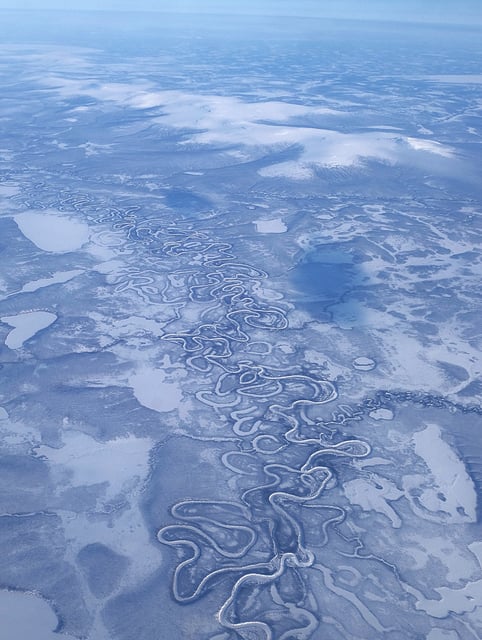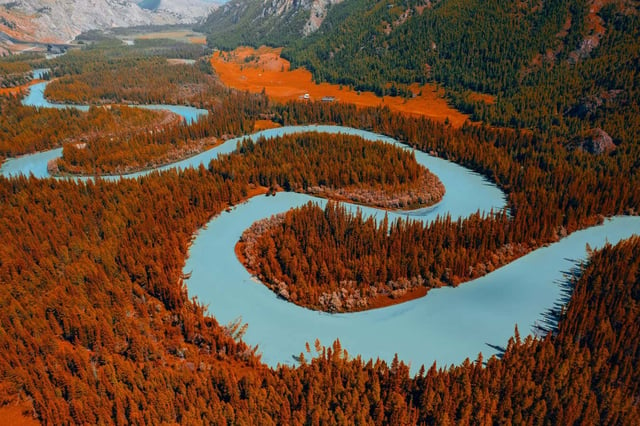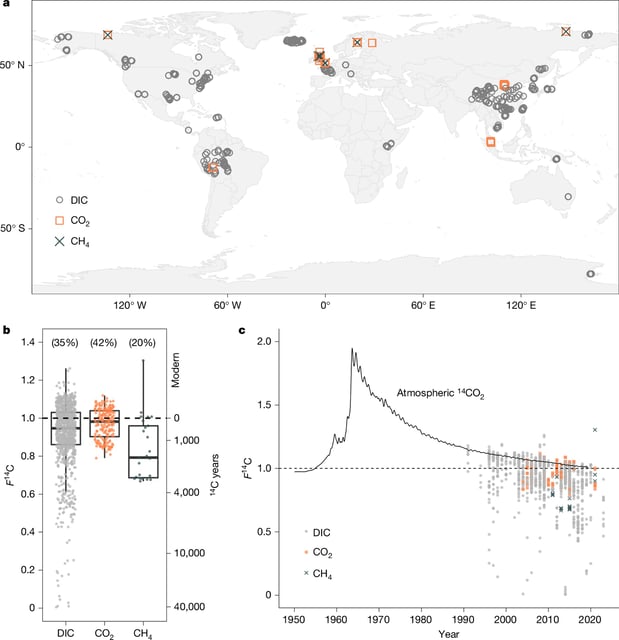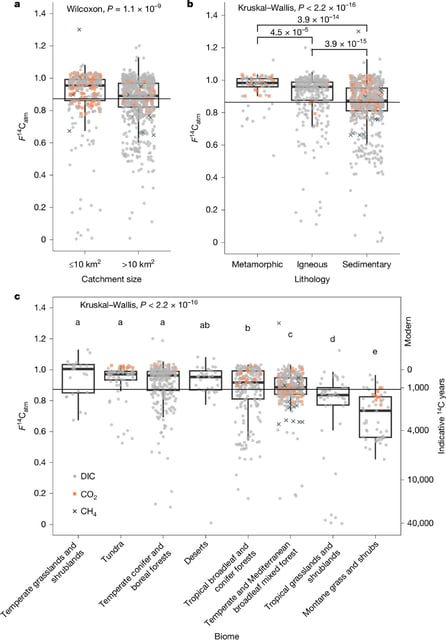Overview
- A global analysis published in Nature by University of Bristol–led researchers shows more than 60% of riverine CO₂ emissions derive from carbon buried for hundreds to millions of years.
- The team conducted radiocarbon dating on samples from over 700 river reaches across 26 countries to pinpoint the age of the emitted carbon.
- Rivers vent roughly two gigatons of carbon annually, making their CO₂ flux the second-largest natural source after soil respiration.
- Alongside ancient carbon leakage, rivers also emit young carbon cycled through shallow soils and recent vegetation growth.
- To offset this hidden release of old carbon, plants and trees must absorb an estimated additional gigaton of CO₂ each year.



